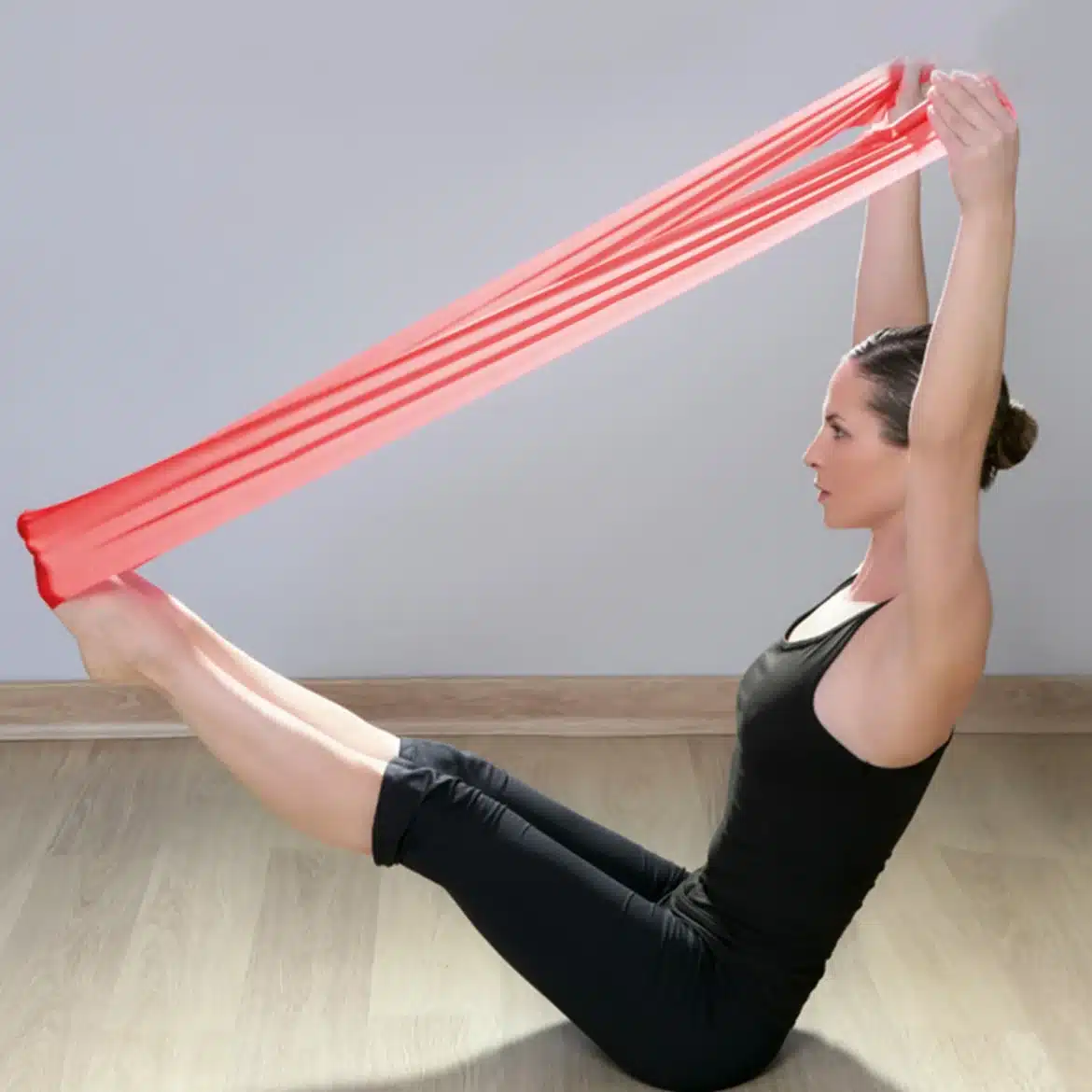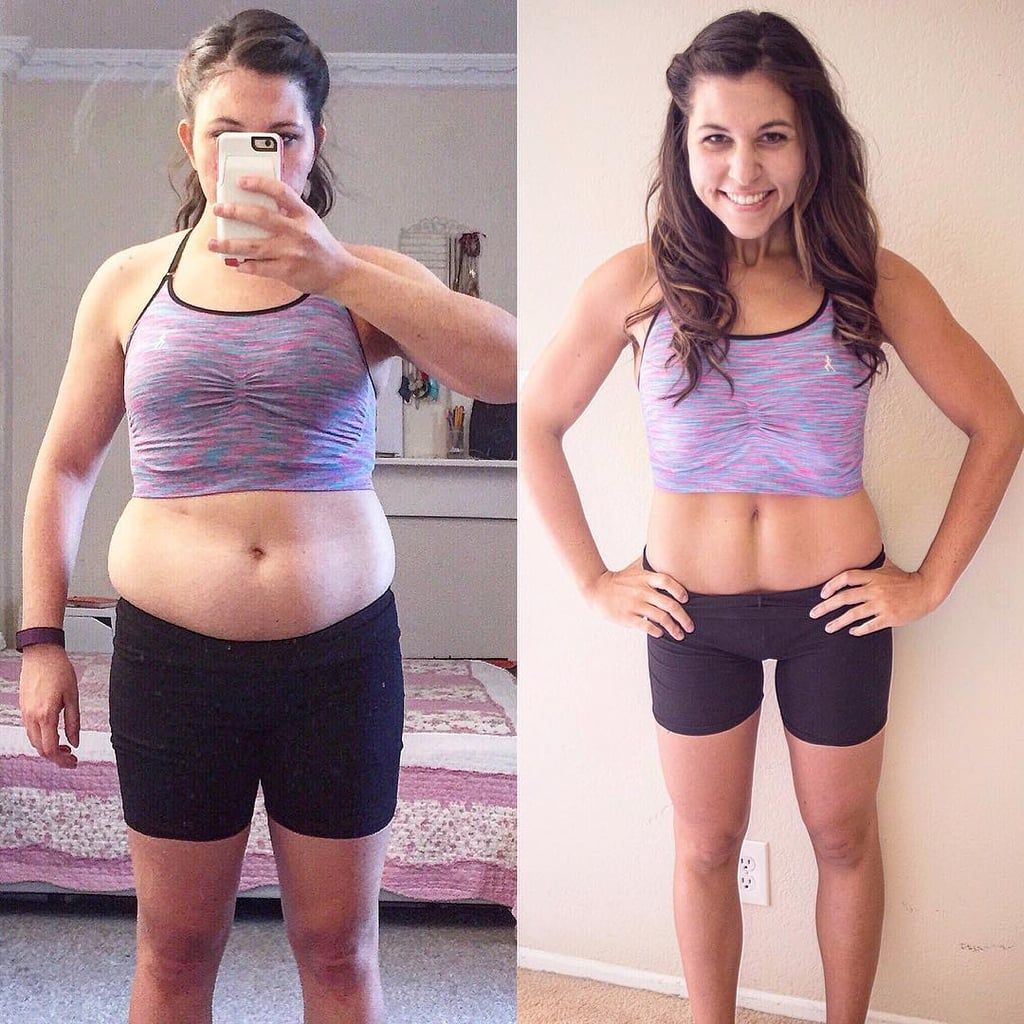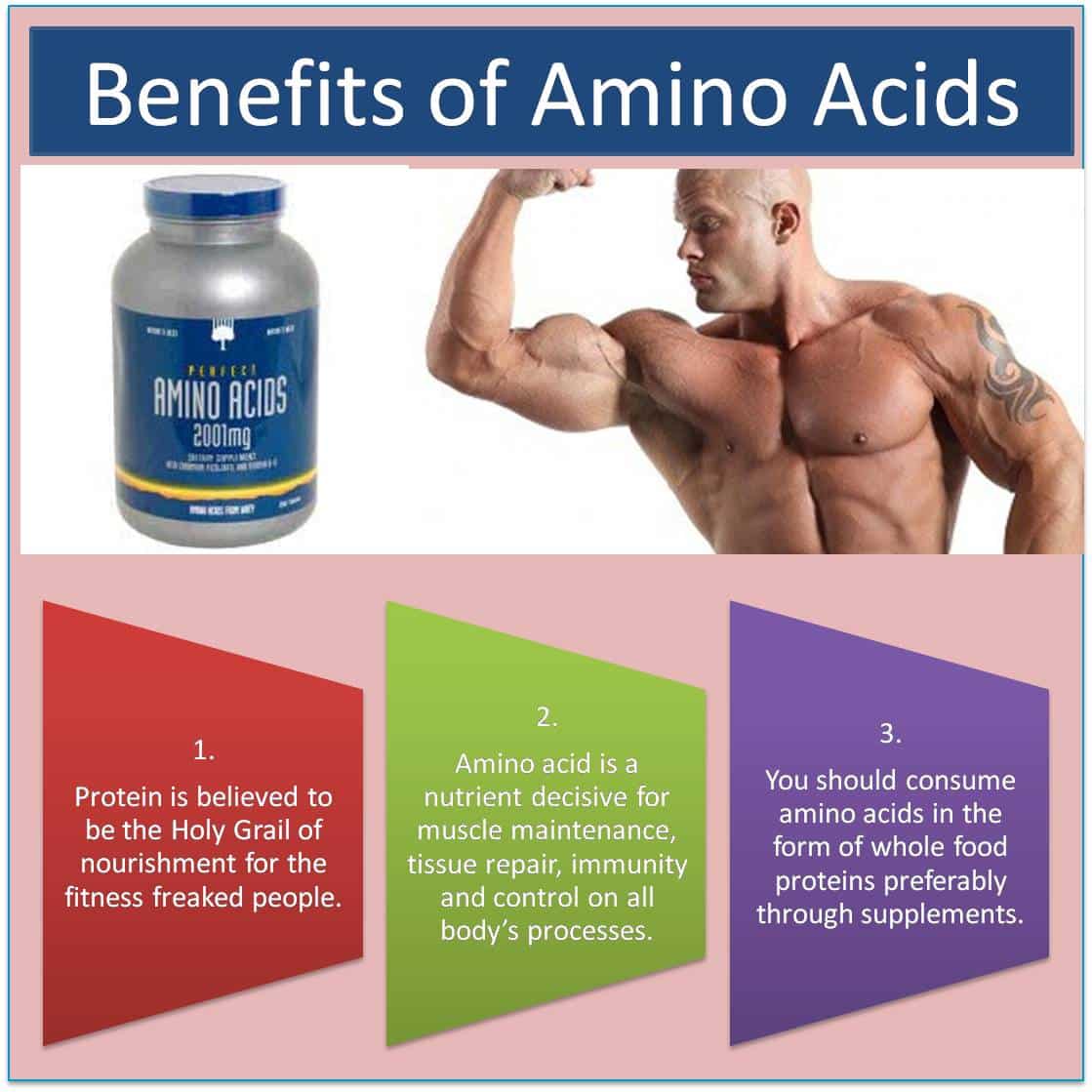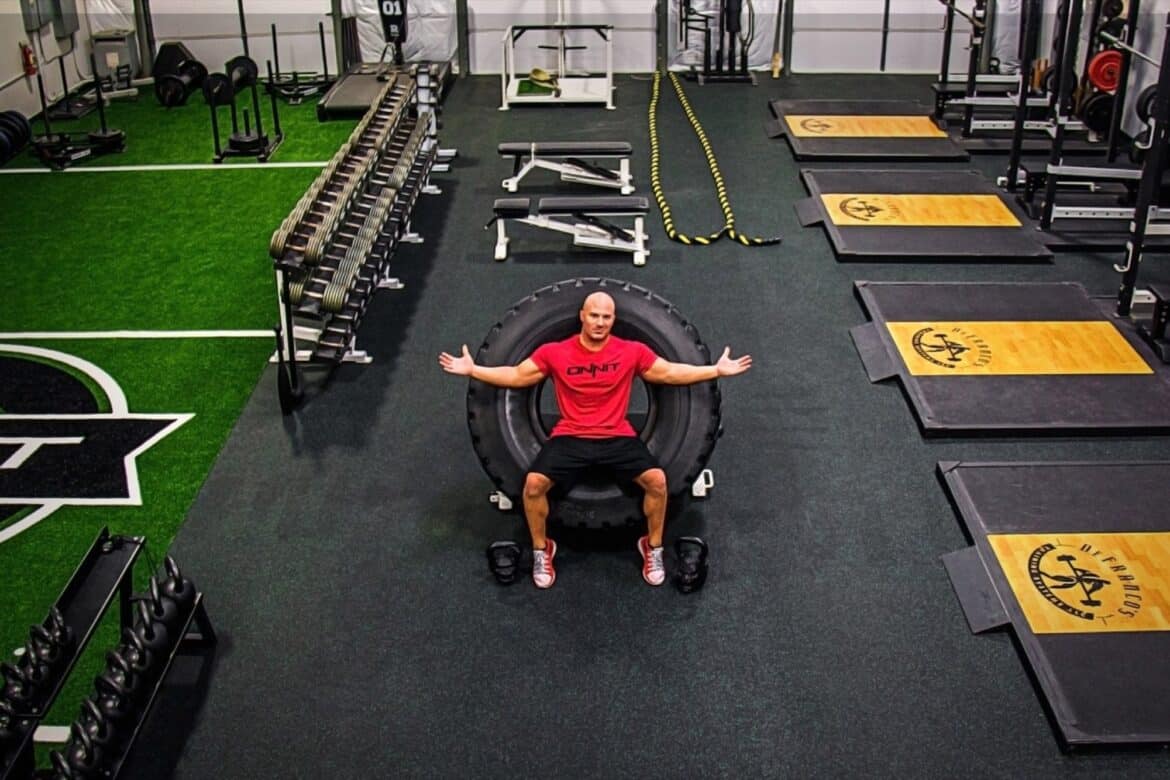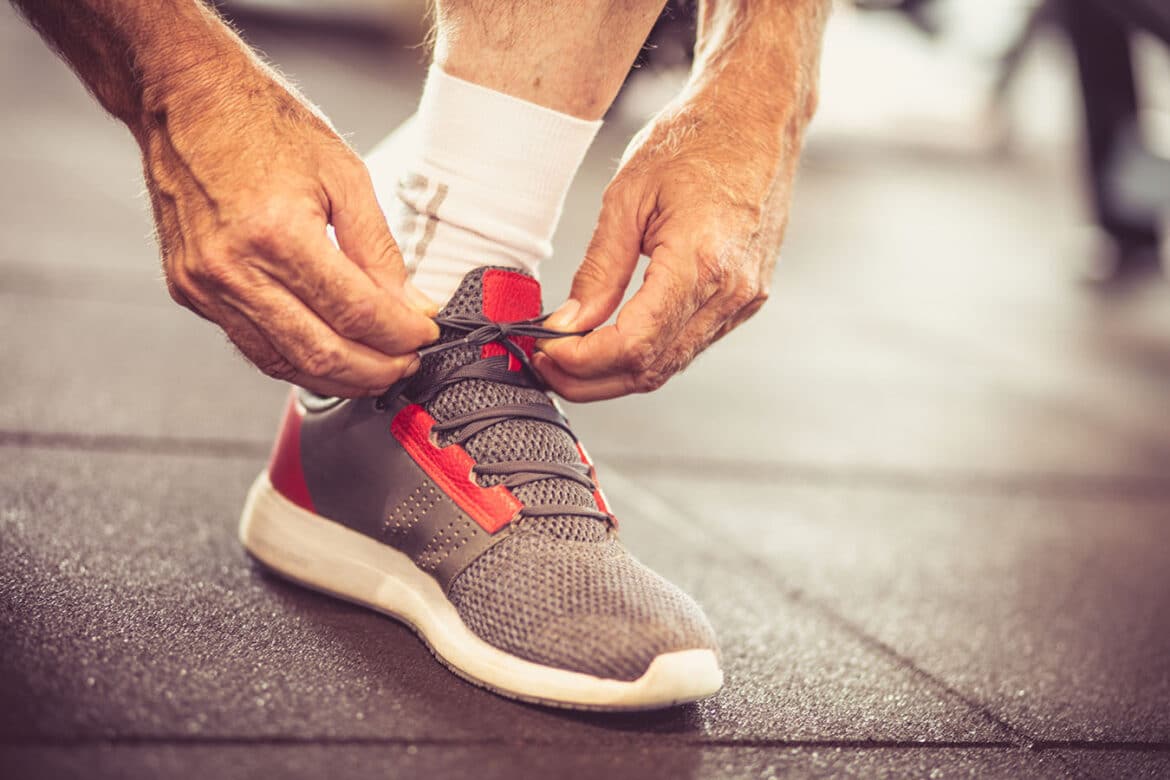Introduction Physical fitness is a multifaceted concept that encompasses various aspects of health and well-being, and it plays a pivotal role in maintaining an active and fulfilling lifestyle. To comprehensively understand and assess one’s physical fitness, experts have identified 12 key components that collectively contribute to a person’s overall physical well-being. These components go beyond just strength and endurance, encompassing factors such as flexibility, balance, and body composition. In this exploration, we will delve into each of these 12 components of physical fitness, shedding light on their significance and the role they play in achieving a well-rounded and healthy body. Understanding these components is essential for anyone striving to optimize their physical health and performance, whether for athletic pursuits or simply to lead a more active and vibrant life.Physical fitness is a multifaceted concept that encompasses various aspects of health and well-being, and it plays a pivotal role in maintaining an active and fulfilling lifestyle. To comprehensively understand and assess one’s physical fitness, experts have identified 12 key components that collectively contribute to a person’s overall physical well-being. These components …
Uncategorized
Introduction Is Pilates Resistance Training: Pilates, a versatile and dynamic exercise method, has gained immense popularity in recent years for its holistic approach to fitness and its ability to enhance strength, flexibility, and overall well-being. At its core, Pilates combines elements of both bodyweight and resistance training to create a unique and effective workout regimen. While it may not involve traditional weightlifting or heavy resistance, Pilates incorporates various forms of resistance, including the use of specialized equipment and the body’s own resistance, to challenge and tone muscles. In this exploration, we will delve into the world of Pilates resistance training, uncovering its principles, benefits, and how it can contribute to a balanced and healthy fitness routine. Pilates, developed by Joseph Pilates in the early 20th century, focuses on building a strong core, promoting proper alignment, and improving overall body awareness. While it is often associated with mat-based exercises that rely on bodyweight for resistance, Pilates also incorporates various tools and equipment such as reformers, cadillacs, and resistance bands to intensify the workouts. Bodyweight Resistance: In its purest form, Pilates uses …
Introduction Where To Start On A Weight Loss Journey: Embarking on a weight loss journey is a significant and often life-changing decision that can lead to improved health, increased confidence, and a higher quality of life. However, knowing where to start on this path can be overwhelming. With countless diets, exercise routines, and advice circulating, it’s easy to feel lost in a sea of information. Fortunately, finding your starting point doesn’t have to be a daunting task. In this guide, we will explore the essential steps and considerations to help you kickstart your weight loss journey successfully. Whether you’re taking your first steps towards a healthier lifestyle or looking to reinvigorate a stalled journey, this introduction will provide you with the guidance and motivation to get started on the right foot. Remember, your weight loss journey is unique to you, and with the right knowledge and determination, you can achieve your goals and transform your life. Consider joining a weight loss group or seeking support from friends and family. Having a support system can provide motivation and encouragement during your …
Introduction Sleep deprivation is a pervasive and often underestimated issue in today’s fast-paced world. As our lives become increasingly busy and demanding, many individuals find themselves sacrificing precious hours of rest in favor of work, social activities, or simply trying to keep up with the demands of daily life. While the consequences of sleep deprivation on our cognitive functioning and overall well-being are well-documented, one intriguing and somewhat counterintuitive In this exploration, we will delve into the complex relationship between sleep and weight management, shedding light on how inadequate sleep can potentially impact our waistlines and overall health. While it may seem paradoxical at first, the link between sleep and weight is a multifaceted puzzle that warrants closer examination. Sleep plays a crucial role in regulating hormones that control appetite and metabolism. When you’re sleep-deprived, your body produces more ghrelin, a hormone that stimulates appetite, while at the same time, it reduces the production of leptin, a hormone that signals fullness. This hormonal imbalance can lead to increased hunger and a greater likelihood of overeating, which in turn can contribute …
Introduction Do Amino Acids Help With Weight Loss: Amino acids, the fundamental building blocks of proteins, play a crucial role in various aspects of human health and metabolism. While they are primarily known for their role in muscle development and repair, recent research has sparked interest in their potential connection to weight loss. By delving into the science behind amino acids, their impact on metabolism, and their potential role in managing body weight, we aim to shed light on the relationship between amino acids and weight loss, providing a better understanding of this fascinating topic. Amino acids are essential for maintaining a healthy metabolism. They are involved in energy production and the regulation of various metabolic pathways. Some amino acids, such as branched-chain amino acids (BCAAs), are believed to promote fat oxidation and help preserve lean muscle mass, which can be beneficial for weight management. Amino acids can influence appetite and satiety. Certain amino acids, like tryptophan, are precursors to neurotransmitters like serotonin, which play a role in mood and appetite control. A balanced intake of amino acids may help …
Introduction Are Canned Peaches Good For Weight Loss: In the quest for achieving and maintaining a healthy weight, dietary choices play a pivotal role. One such choice that often piques the interest of those on a weight loss journey is canned peaches. These convenient and readily available fruits have garnered attention for their potential benefits in aiding weight loss efforts. In this exploration, we will delve into the nutritional aspects of canned peaches, examining whether they can indeed be a valuable addition to a weight loss-oriented diet. By examining their calorie content, fiber content, and overall impact on calorie control, we can better understand if canned peaches are a worthy ally in the pursuit of shedding unwanted pounds. One of the most important considerations for weight loss is calorie intake. Canned peaches, typically packed in water or juice without added sugars, tend to be lower in calories compared to other canned fruits or sugary snacks. This makes them an attractive option for those aiming to create a calorie deficit for weight loss. Canned peaches provide a decent amount of dietary …
Introduction The MGM Grand is a renowned hotel and casino located on the Las Vegas Strip in Paradise, Nevada. Known for its luxurious amenities and world-class entertainment, the MGM Grand has become a popular destination for tourists and avid gamblers alike. With its vast array of facilities and services, visitors often wonder if the MGM Grand offers a gym to cater to their fitness needs. We will delve into the various amenities and services provided by the hotel, focusing specifically on its fitness facilities. By the end of this article, you will have a comprehensive understanding of the MGM Grand’s offerings in terms of fitness and wellness. With this in mind, it is only natural to expect that the MGM Grand would also prioritize fitness needs of its guests. After all, maintaining a healthy lifestyle is a key aspect of overall well-being, and the hotel aims to provide a holistic experience that encompasses all aspects of guest satisfaction. Is the gym free at MGM? The Park MGM Las Vegas fitness center is included in the resort fee you pay when …
Introduction Gym shoes, also known as athletic shoes or sneakers, are an essential part of our everyday lives. Whether we are hitting the gym, going for a run, or simply running errands, a comfortable and supportive pair of gym shoes can make all the difference. One popular brand that has been synonymous with quality and style for decades is Converse. With their iconic designs and commitment to innovation, Converse gym shoes have become a staple in the world of athletic footwear. Since then, Converse gym shoes have become synonymous with basketball culture and have been worn by some of the greatest athletes in the sport. The brand’s commitment to performance and style has made it a favorite among athletes and sneaker enthusiasts alike. The iconic Chuck Taylor All Star, named after the basketball player who endorsed the shoe in the 1920s, remains one of the most recognizable and sought-after designs in the world of gym shoes. What sets Converse gym shoes apart is not just their rich history and iconic designs but also their commitment to innovation. Over the years, …
Introduction How Much Does Gym Owners Make: Gym ownership can be an incredibly rewarding and lucrative career path for fitness enthusiasts. Many people dream of opening their own gym and helping others achieve their health and fitness goals. However, before diving into this venture, it is important to understand the financial aspects of running a gym and how much gym owners can potentially make. First and foremost, it is essential to recognize that the income of gym owners can vary significantly depending on various factors. The location of the gym, the size of the facility, the range of services offered, and the target market all play a role in determining the potential earnings. Additionally, the success of a gym is heavily influenced by the owner’s ability to attract and retain members, as well as effectively manage expenses. On average, gym owners can expect to make a decent income from their business. According to industry reports, the median annual income for gym owners is around $50,000 to $70,000. However, it is important to note that this figure can vary widely. Some …
Introduction How Much Does Silver Sneakers Pay Gyms: As the population ages, the importance of maintaining an active and healthy lifestyle becomes increasingly evident. One program that aims to support seniors in their fitness journey is SilverSneakers. SilverSneakers is a fitness program designed specifically for older adults, providing them with access to a variety of exercise classes, gym facilities, and wellness resources. However, one question that often arises is how much SilverSneakers pays gyms for their participation in the program. SilverSneakers offers a range of benefits to both seniors and participating gyms. For seniors, the program provides a means to stay active and engaged in their health and well-being. With access to a network of gyms and fitness centers, seniors can participate in a variety of exercise classes tailored to their needs and abilities. This not only helps them maintain physical fitness but also fosters social connections and a sense of community. For gyms, partnering with SilverSneakers can be a mutually beneficial arrangement. By accepting SilverSneakers memberships, gyms can attract a new demographic of customers and increase their overall membership …


